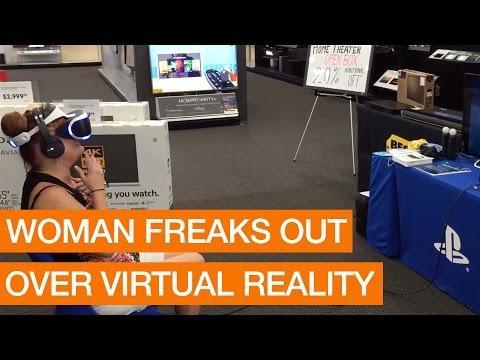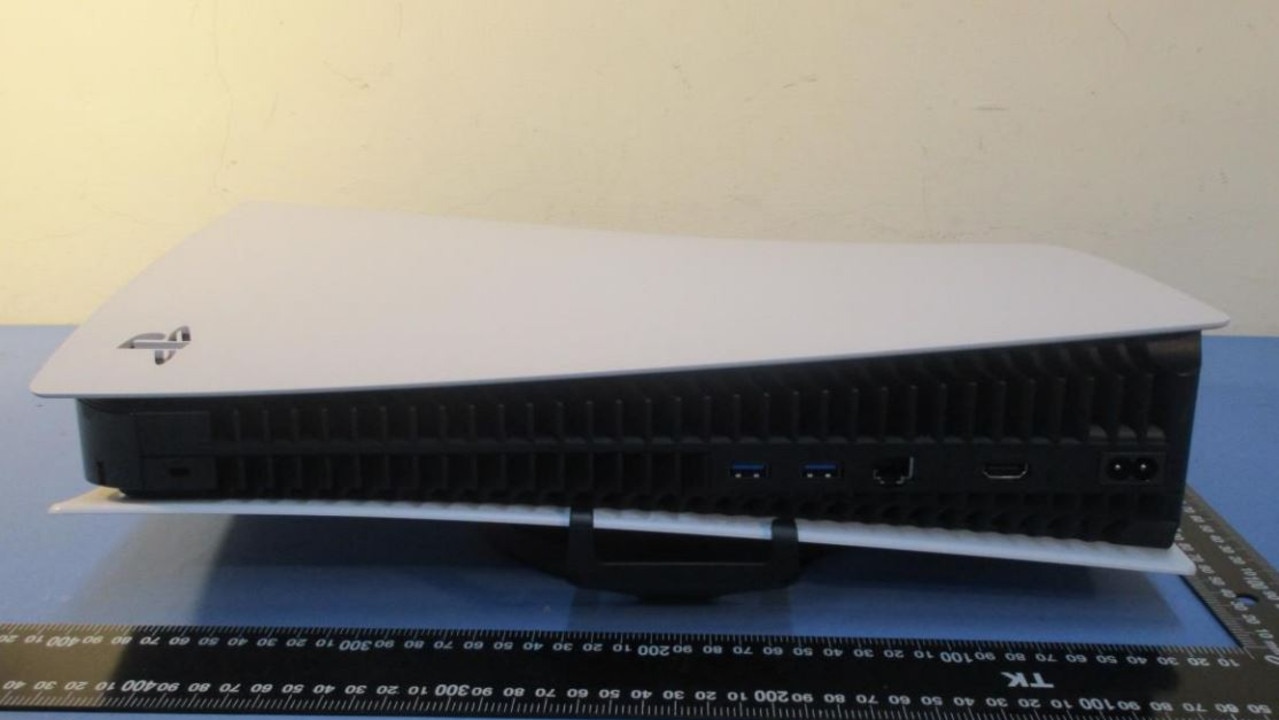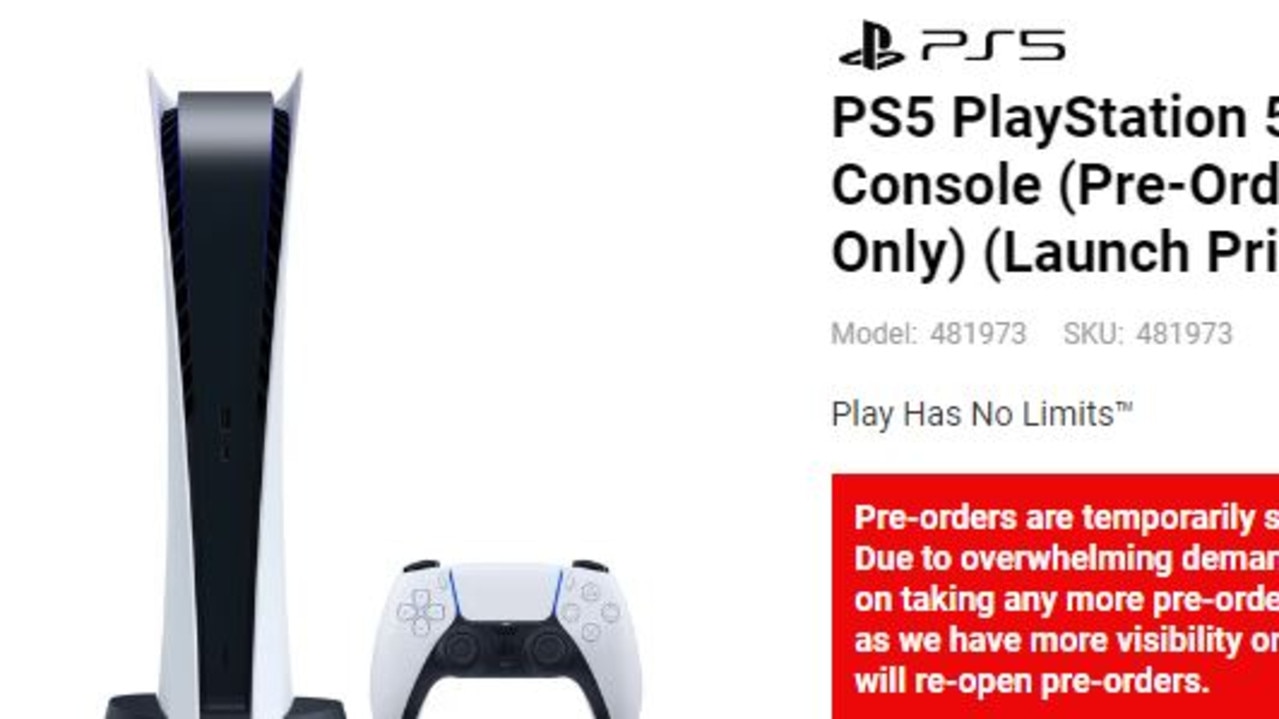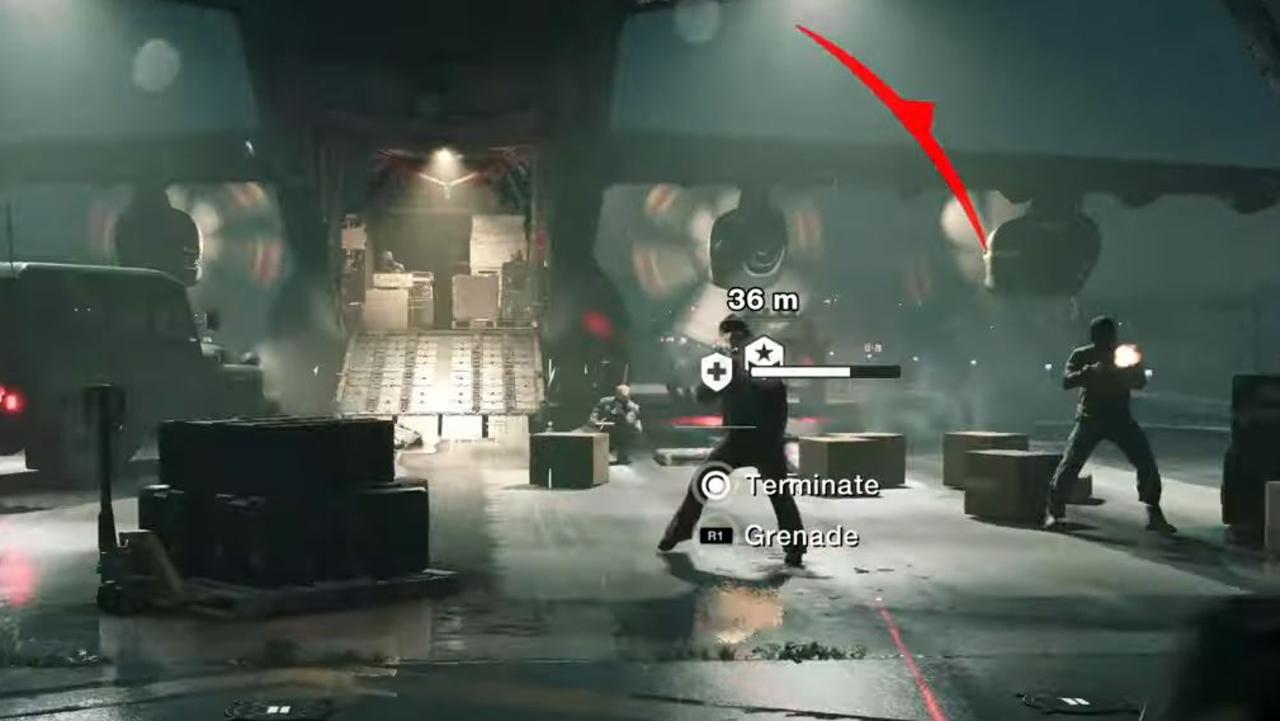Why Sony is leading the way in virtual reality for gamers
THIS is a gamechanger for virtual reality gaming — one of the first affordable and critically acclaimed bits of consumer tech.
VIDEO games have always been a form of escape from reality, and from the earliest days have been all about creating believable alternative worlds to explore, discover, create or destroy.
While that’s mostly achieved with a conventional monitor, Virtual Reality (VR) has evolved significantly, allowing users to don a headset and use a PC, a PlayStation 4 Pro console or even a mobile phone to head along on magical journeys through time and space that take “immersive” to a whole new level.
Sony’s add-on VR headset for the PlayStation 4, the PSVR, is one of the most accessible of the current generation of VR tech and one the company is keen to back, given the success it has enjoyed so far.
Sony Interactive Entertainment Worldwide Studios Europe senior vice president Michael Denny said the company’s embracing of VR ties in with its goal of bringing innovation and new experiences to gamers.
“Anybody who has experienced VR knows how different and compelling an experience it is,” he told news.com.au.
“When you think about traditional playing games through a TV set, it’s like a window to the game world, putting a headset on puts you in the middle of the action part of it.
“It’s a compelling experience and at PlayStation we’ve always wanted to innovate and bring new experiences.”

VR tech has been around for a fair few years now — readers with long memories may recall primitive efforts in the early 1990s, with arcade titles such as Dactyl Nightmare — but what is available now is leaps and bounds ahead of that, offering much more realism and immersion than ever before.
Titles such as Doom: VFR, FarPoint and Gran Turismo Sport have shown the medium has evolved well beyond tech demo or fad, with a promising crop of VR-designed games on the horizon, including at least 60 for the PSVR.
“It (the technology) has moved on to the degree that in this generation of VR, we can deliver compelling and immersive experience in the ways we never could before, which is why it’s exciting for our players,” Mr Denny said.
VR tech isn’t without its issues — motion sickness is a problem for many users, especially in first-person games- and until very recently the cost of VR headsets was also a problem. While some smartphones can get a limited VR effect via stereoscopic devices such as Google Cardboard, actual VR gaming was limited to the Oculus Rift and HTC Vive — both of which are rather expensive and require a seriously high-end gaming PC to run, as well as being hard to find for the average person in Australia.
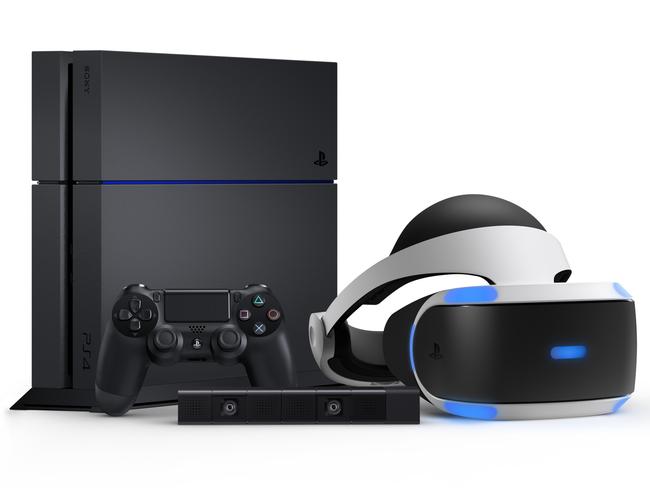
The PSVR unit has the distinction of being one of the first affordable — and critically, accessible — VR headsets, so it’s no surprise the Japanese-based entertainment company are enjoying considerable success from it.
More than one million PSVR units have been sold worldwide since launch and Mr Denny said Sony were committed to backing the medium, with more than 100 games and experiences available and more than 360 studios and partners working on content for the medium.
“At this point it’s just keeps moving forward — it’s going to be an exciting holidays season,” Mr Denny said.
“From a creative and developer’s point of view, the teams are getting more of an understanding of the platform and the games are getting better and better all the time.
“It’s something that’s in PlayStation’s DNA — we want to offer these great experiences to our players as early as possible.
“We always look at our system and our players and what’s exciting to us is we can offer this as a new and compelling experience.”
In short, VR looks like it’s here to stay — which can only be a good thing for gamers.
